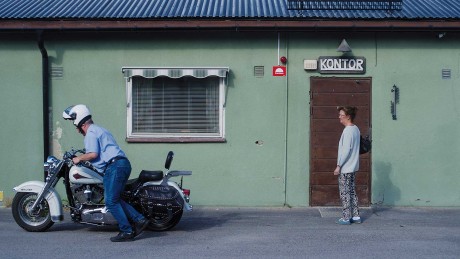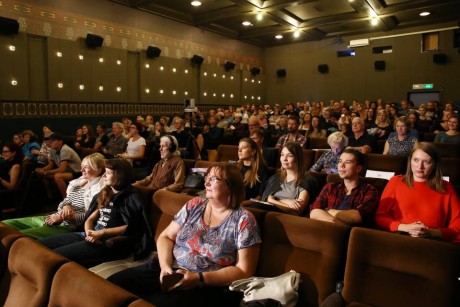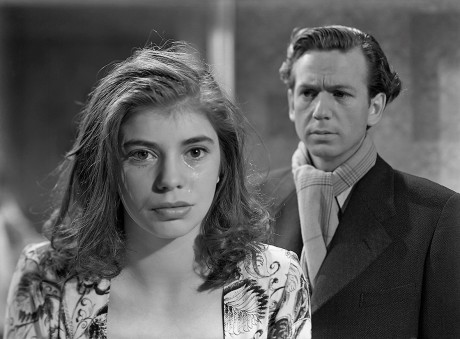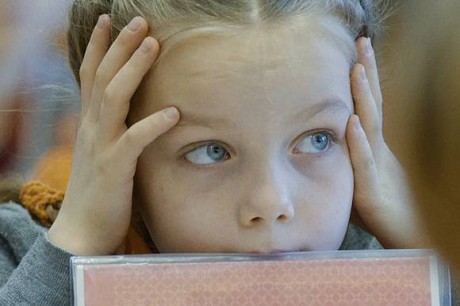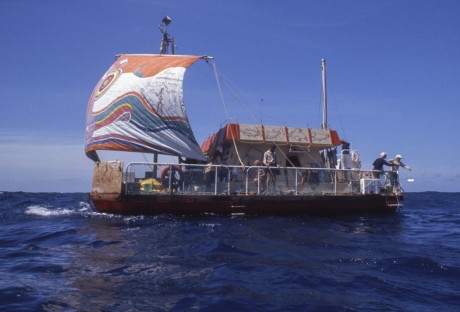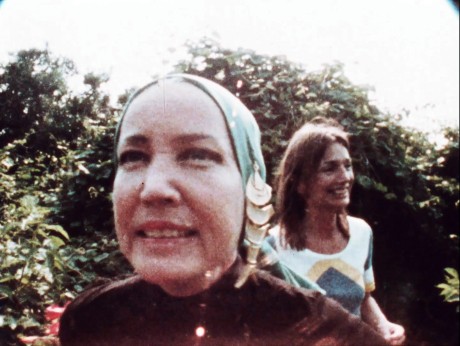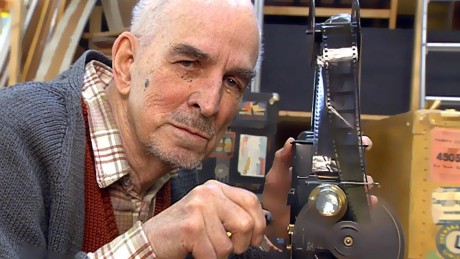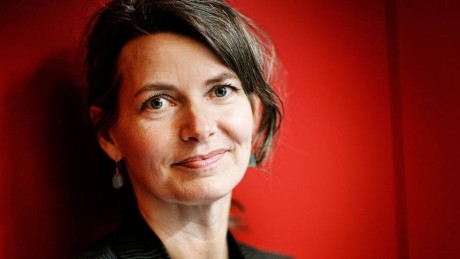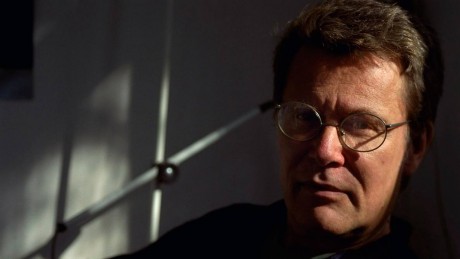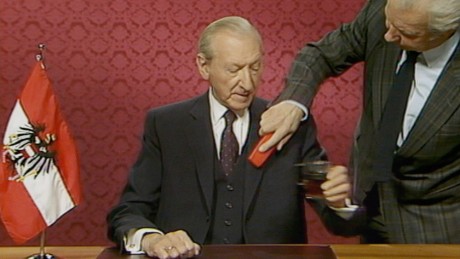TINA RØMER: BERGMAN OG MUSIKKEN
Radioprogram i tre dele som genudsendtes 1. september på DR P2. Kan fortsat høres som podcast på
https://www.dr.dk/radio/p2/bergman-og-musikken/bergman-og-musikken-1
Her følger fortsat og stadigvæk med min bedste anbefaling af dette fornemme radioværk mine notater fra udsendelserne tidligere denne sommer:
6
Tina Rømer og Peter Schepelern fortsætter med at tale om musikken i Bergmans værk, nu om filmen To mennesker fra 1949 hvis svenske titel er Till glädje. Den handler om to violinister i et lille orkester og deres kærlighedsliv og den handler om orkesteret. Det er ikke nogen vigtig film i Bergmans værk, men den er central for radioprogrammet fordi den viser at musikere og musik fra begyndelsen har været særligt integreret i det samlede filmværk, og så er der her det at Bergman i sin bog Billeder i tilbageblikket skriver om sit misbrug af musik. Ubehageligt, men nødvendigt at tænke tilbage på i bogens hensynsløse selvopgør. Jeg noterer så her en længere ekskurs til Bergmans tekst:
”… I Helsingborg eksisterede der et overmåde underdimensioneret symfoniorkester, som frejdigt spillede sig gennem den store symfonilitteratur. Så ofte jeg havde tid og mulighed, overværede jeg orkesterprøverne. Som punktum for sæsonen ville man opføre Beethovens niende. Jeg fik lov til at låne partituret af dirigenten Sten Frykberg, og var i stand til at leve med i det lille orkesters og det uhonorerede, men glødende amatørkors dødsforagtende arbejde. Det var en enorm og rørende indsats. Et pragtfuldt oplæg til en film. Det lå snublende nær at omdanne teatermenneskene i min selvbiografiske film (som Bergman havde planlagt om tiden som chef på teatret i Helsingborg) til musikere og give den navnet Till glädje (dansk titel To mennesker) efter Beethovens symfoni…”
”… To mennesker er en håbløst ujævn film, men den har et par troværdige indslag. En god scene er det natlige opgør mllem Stig Olin og Maj-Britt Nilsson. Den er god, fordi Maj-Britt Nilsson spiller så kompetent. Den er ægte, fordi den på en hæderlig måde anskueliggør mine egne ægteskabelige komplikationer. Men To mennesker er også et umuligt melodrama. En skæbnesvanger primus eksploderer i filmens begyndelse, og Beethovens niende symfoni udnyttes skamløst. Jeg har for så vidt intet imod hverken melodramaet eller den såkaldte soap opera. Ugenert følelesladede muligheder skænkes den, som bruger melodramaet på den rigtige måde. Jeg kan som i Fanny og Alexander, tumle mig i total frihed. Jeg må blot hele tiden gøre mig det klart, hvor grænsen ligger til det uacceptable og komiske. Det var jeg ikke klar over i To mennesker. Sammenkoblingen af konens død og Beethovens An die Freude er sjusket og utrolig letsindig…”
7
”… han sætter pladen på, det er Beethovens klaverkoncert nr. 4 i G-dur” fortælles det et sted i Linn Ullmanns bog De urolige, og Tina Rømer lader citatet læse op og vælger så klogt og rigtigt, at det kunne være begyndelsen af anden sats og spiller stykket i forbindelse med oplæsningen. ”Anden sats andante con moto er helt og holdent bygget på et stærkt modsætningsforhold mellem orkester og klaver i en stadig skiften mellem dramatisk og poetisk udtryk… (Sverre Forchhammer i en pladenote). Oplæsningen fortsætter: ”Han: ’Der findes ikke noget større end dette, bortset fra Bach, muligvis.’ Længe er der kun musik. Hun siger noget på båndet, men det er ikke muligt at høre hvad. Han afbryder hende. Han (med høj stemme): ’Jeg vil ikke tale. Jeg vil helst ikke tale oven i Beethoven. Jeg vil ikke snakke i munden på Beethoven.’
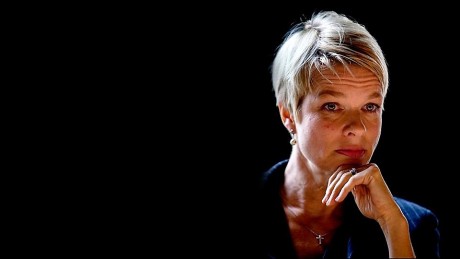
8
Peter Schepelern brillerer dæmpet intens med sin detaljerede viden. Nu om Gøglernes aften, 1953, han fortæller om en særlig scene hvor klovnen redder sin kone fra soldaternes spot. Det er selvfølgelig også den scene jeg husker fra jeg for mange år siden så filmen, jeg ser billederne mens Schepelern fortæller, mærker stemningen, ubehaget. Og Schepelern fortæller om komponisten Karl-Birger Blohmdals modernistiske musik, og den viden er til gengæld ny for mig. Og han fortæller om filmmusikken i mesterværket, fastslår han forståeligt, Det syvende segl, 1956. Den er komponeret af Erik Nordgren, som jeg forstår er hans favorit, det er ”en fornem behersket musik”, Schepelern taler næsten morsomt distanceret om den. Dies irae…
9
Tina Rømer fortæller nu om sin rejse – jeg bliver så glad for at blive taget tilbage til hendes lille reportage, holder så meget af tonefaldet, troskyldigheden. Det er radio det her, når radio er bedst, synes jeg.
10
Og så igen et mesterværk, Smultronstället fra 1957, et Bergman mesterværk og et Erik Nordgren mesterværk. Schepelern nynner Nordgrens tema som er tre toner som også er tema i Bachs wohltemperierte klavier. Og der er nu et fint lille sted hvor jeg hører de to se filmen sammen og snakke lidt mens de ser. De to må godt snakke sammen under musikken. Det her er radio om film, billeddannende radiokunst om scenen, hvor Bibi Anderson spiller på klaveret og så om overgangen fra Johan Sebastan Bach til Erik Nordgren og så tilbage igen og ind under Tina Rømers afmelding af afsnittet: ”Færgen er i havn og jeg ser nu Fårø…”
FOTOS
Maj-Britt Nilsson og Stig Olin i To mennesker (foto: Gunnar Fischer)
Linn Ullmann i København ved udgivelsen af De urolige (foto: Politiken)
RADIOSERIENS INDHOLD
1. afsnit: Rejsen til den fjerne svenske ø Fårö begynder, samtidig med at turen går tilbage til den første tid med klassisk musik. Film som Musik i mørke og Ved vejs ende er fulde af klassisk musik og på teatret kaster Bergman også sin kærlighed over musikken.
2. afsnit: Efter en dagsrejse når vi frem til Fårö, hvor Bergman træder i karakter som auteur. Bergman indspiller filmene Som i et spejl og Persona på Fårö – og han finder hjem på øen og i musikken af Bach.
3. afsnit: Rejsen slutter ved Bergmans gravsted og hus ved stranden på Fårö, hvor Bergman dirigerer de sidste film uden at ryste på hånden. Med Fanny og Alexander får Bergman sit folkelige gennembrud, og musikken er der fortsat som en budbringer om en anden virkelighed. (DR P2 program)
LINKS OG LITTERATUR
Efter Bergman og musikken står tilbage at gense filmene som vises i Cinemateket i København, læse bøgerne og gense Marie Nyreröds tvserie Ingmar Bergman på Fårö, som Tina Rømers radioserie nu flankerer så fornemt:
Bergman og musikken 1:3 – En kærlighed der ikke er gengældt (radioserien podcast)
https://www.dfi.dk/cinemateket/biograf/filmserier/serie/16793 (filmserien i Cinemateket)
Ingmar Bergman: Laterna magica, 1987, og Billeder, 1990
Linn Ullmann: De urolige, 2015
Marie Nyreröd: Ingmar Bergman på Fårö, 2003. Serien kan ses i alle lande til 25. december:
https://www.svtplay.se/video/16452826/ingmar-bergman-pa-faro-x-3/ingmar-bergman-sasong-1-bergman-och-filmen
https://www.svtplay.se/video/16453194/ingmar-bergman-pa-faro-x-3/ingmar-bergman-sasong-1-bergman-och-teatern
https://www.svtplay.se/video/16452814/ingmar-bergman-pa-faro-x-3/ingmar-bergman-sasong-1-bergman-och-faro



